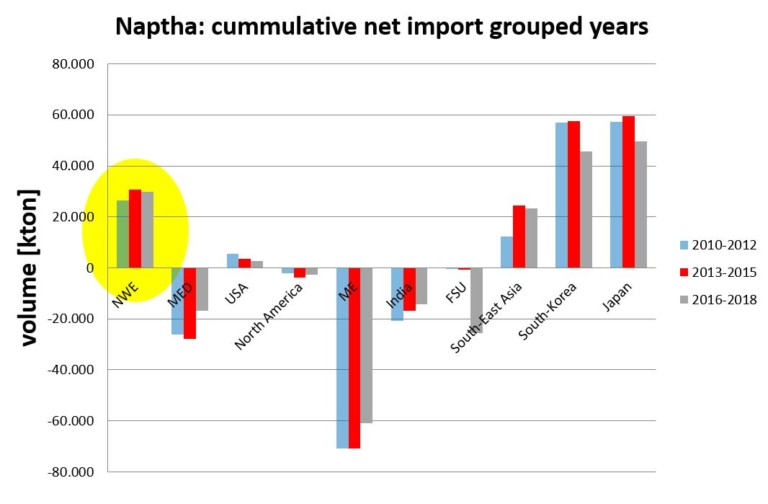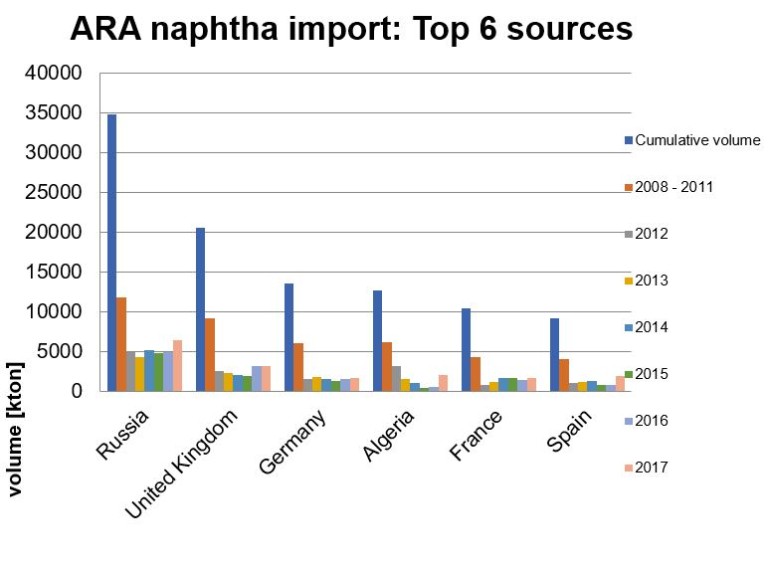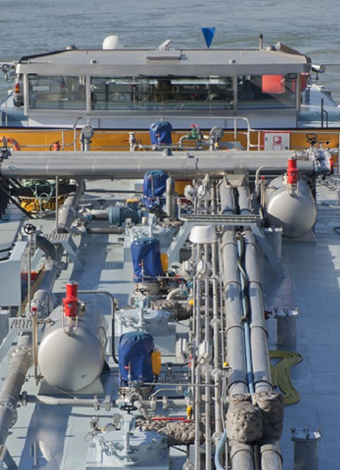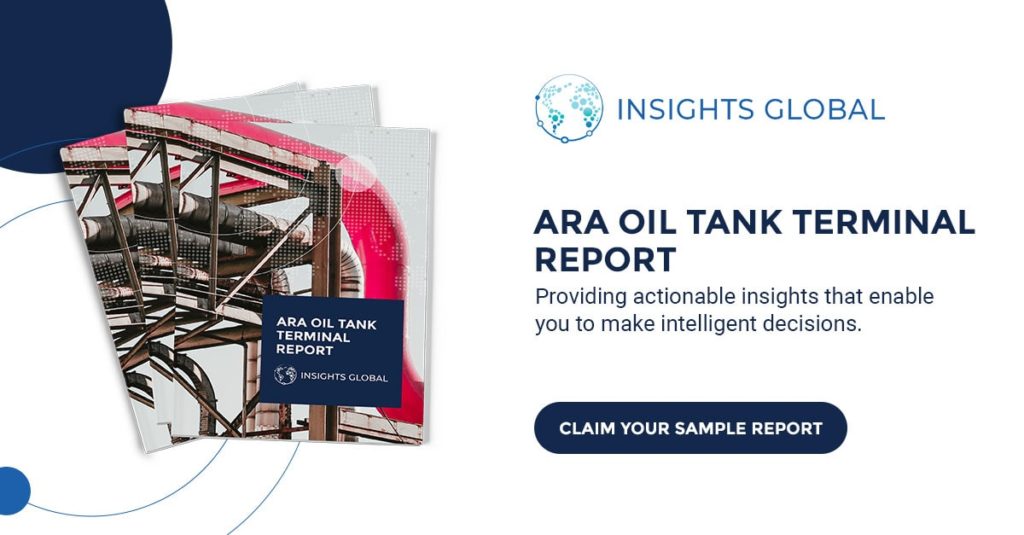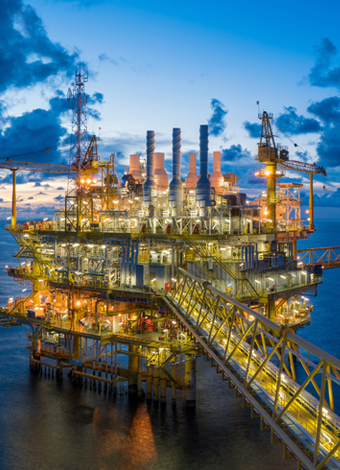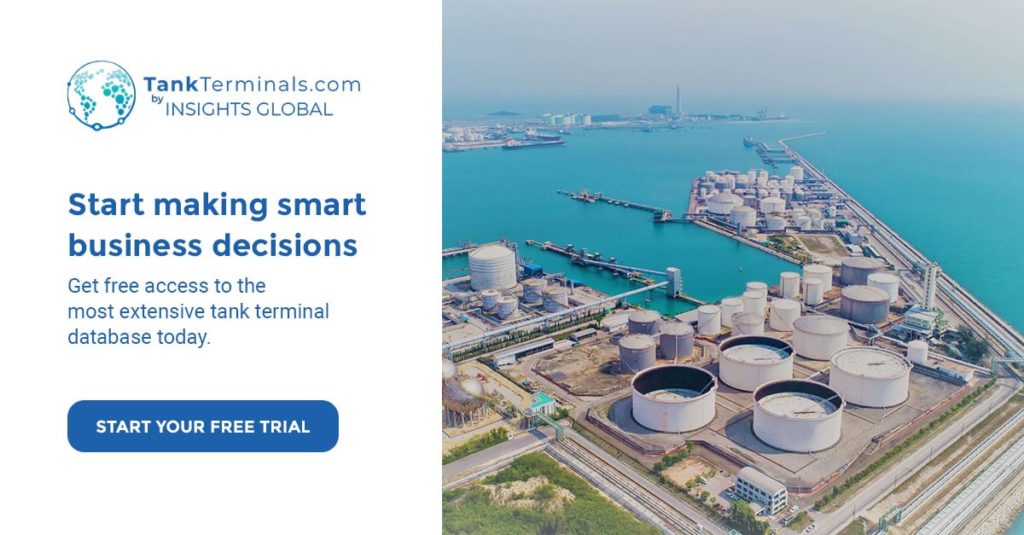London, 20 September (Argus) — Oil products stored independently within the Amsterdam-Rotterdam-Antwerp (ARA) hub declined by nearly 2pc over the past week because of a large drop in fuel oil inventories.
Fuel oil stocks shed 143,000t — or 11.2pc — during the past week as imports of Russian fuel oil from the Baltic Sea continued to fall. The decline came despite challenging arbitrage economics to Singapore. No vessels bound for Asia-Pacific have loaded fuel oil from Rotterdam during the past week. The VLCC Ridgebury Artois, booked to ship 270,000t of fuel oil to Singapore earlier this month, has arrived in Rotterdam. Some fuel oil was exported to the Mediterranean to supply the local bunkering market and to the Middle East during the past week.
Jet fuel stocks also declined, but were down just 1pc week on week. The European market is generally well supplied, while demand has weakened following the conclusion of the peak summer flying season. But most of the product imported from east of Suez this week was discharged into ports in the UK. One vessel, the Polar Bright, chartered by BP, arrived into Rotterdam on 16 September with 90,000t of jet fuel from Ruwais, but has yet to offload this material.
Gasoil stocks rose by around 1pc during the past week. Inland shipments to the German market, which is affected by supply shortages, remained depressed because of low water levels on the Rhine. Transatlantic shipments of diesel have not fallen as much as expected by market participants in September from the prior month because of high US production and stocks. The Asian diesel market is tight, which is likely to draw diesel from the Mideast Gulf, reducing the amount of material available to be exported to Europe from that region.
Gasoline inventories also rose by around 1pc week on week. US demand for European gasoline has dropped following the conclusion of the summer driving season, but buying interest in west Africa and the Middle East remains firm, largely offsetting the impact of lower transatlantic shipments. The ARA region imported gasoline from Denmark, France, the Mediterranean and the UK in the past week.
Likewise, naphtha stocks rose marginally during the period, adding just 2,000t. Demand from gasoline blenders and the petrochemicals sector has softened during the past two weeks, keeping more product in storage. Some naphtha was shipped to Denmark, likely to use as a feedstock to produce gasoline.


